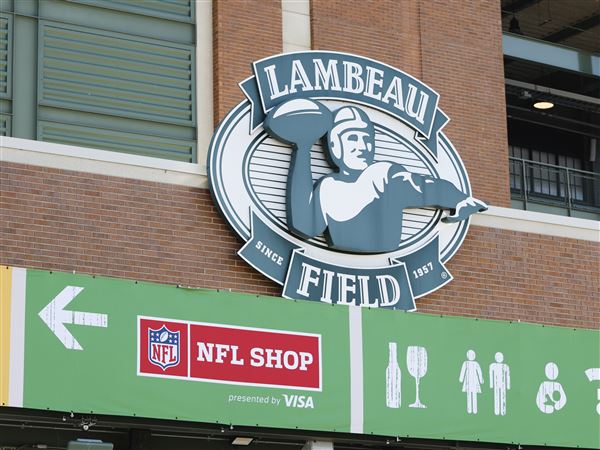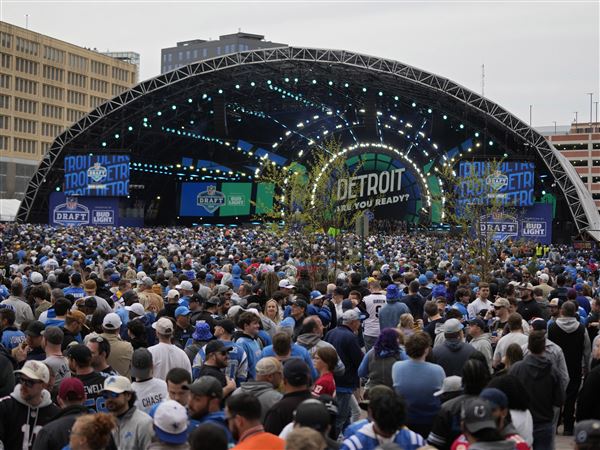Energy costs for electric customers are going up across Pennsylvania in December, the latest manifestation of across-the-board energy price increases impacting gasoline, heating oil, propane and natural gas.
There are ways customers can mitigate the impact. Utilities offer a host of programs and grants to support low-income customers, and they encourage anyone struggling to pay their bills to call the utility for help. Customers can also control their costs by conserving energy. It may be time to put on a sweater and weatherize the house.
How to cut your costs
How can you cut your energy costs, aside from turning down the thermostat and using energy-efficient devices?
Many customers buy their power from third-party suppliers, whose robocalls and junk-mail offers frequently tout their discounts to the utility’s rate. There are fewer savings to be found these days on the PUC’s website, papowerswitch.com, because in rising energy markets it’s tough for a reputable supplier to compete with the utility’s price.
But there is kind of a backdoor entry into competitive energy markets called the “standard offer.” The PUC encouraged default-service customers to examine the often-overlooked deal offered by most larger electric utilities.
Here’s how the standard offer works: Customers who call their utility will get randomly assigned to a competitive supplier that has agreed to offer a 12-month fixed-rate plan at 7% below the utility’s current price. Under the PUC’s rules, customers can cancel a standard offer any time over the year with no early cancellation or termination fees.
Ignore that letter at your own risk
The standard offer program is basically a customer acquisition program for competitive suppliers. For customers, the price is attractive and suppliers often lose money during the 12-month term. But they acquire a customer who can become profitable to them in the long term.
Although the PUC requires suppliers to send two notifications to customers when the contracts are about to expire, a surprising number of customers ignore the letters and take no action. They do so at their peril. They are usually switched to plans that cost more than the utility’s default rate, effectively wiping out any previous savings.
PPL last year told the PUC that most standard offer customers remained with their suppliers after the 12-month deal lapsed, and nearly all of them paid at or above the utility’s default rate after the initial contract expired. Over half the customers paid at least 25% over the utility’s default rate. Many paid 50% more than they would pay with the utility.
“If a customer is actively shopping, and concludes that their existing supplier should be retained, that is their choice,” Michelle Lawall-Schmidt, PPL’s director of customer service operations, told the PUC in written testimony. “However, there is a concern if customers are passively remaining with their supplier, and as a result, are paying more than default service rates.”
The utility said some standard offer customers whose contracts were rolled over to higher-priced deals then fell behind on payments.
PPL asked the PUC to modify its standard offer plan so that customers who did not affirmatively elect to stay with their supplier would be automatically returned to the utility’s default rate. Elizabeth H. Barnes, a PUC administrative law judge who heard its case, recommended the PUC approve the utility’s request.
But energy suppliers pushed back. And the PUC in the end rejected PPL’s proposal, saying its standard offer plan would be inconsistent with the plans offered by other Pennsylvania utilities, as well as longstanding PUC rules that allow suppliers to roll over customers at the end of their contracts, unless the customers choose otherwise.
“While I would probably not have supported the use of rollover contracts initially, they have become an ingrained feature of shopping,” David W. Sweet, then a member of the commission, said last December in the PPL case.
Buyer beware.
First Published: December 1, 2021, 11:00 a.m.















